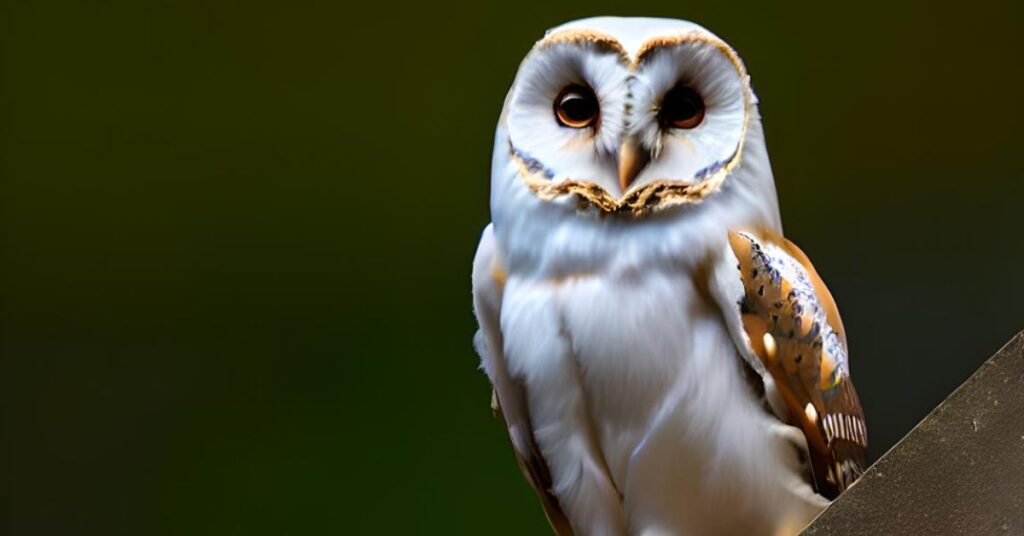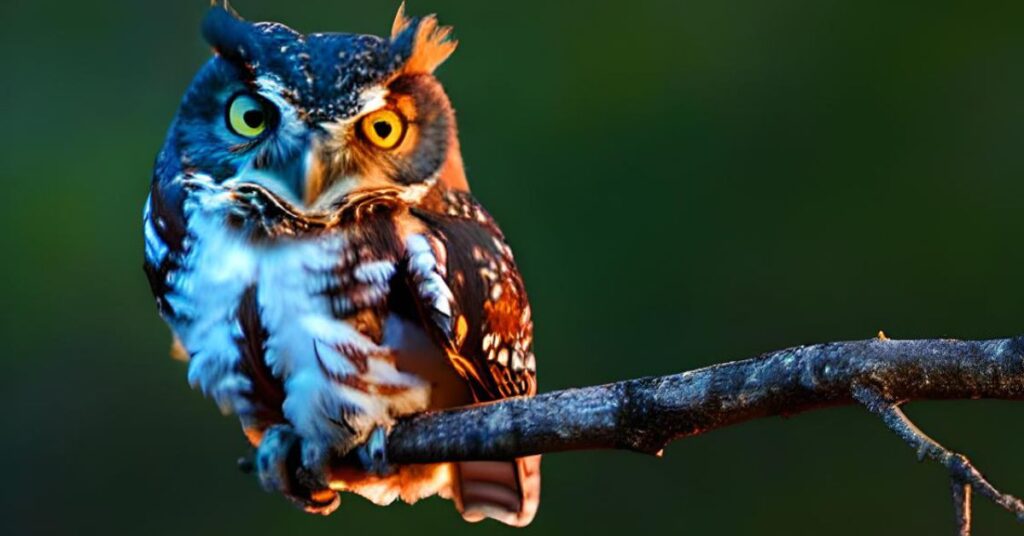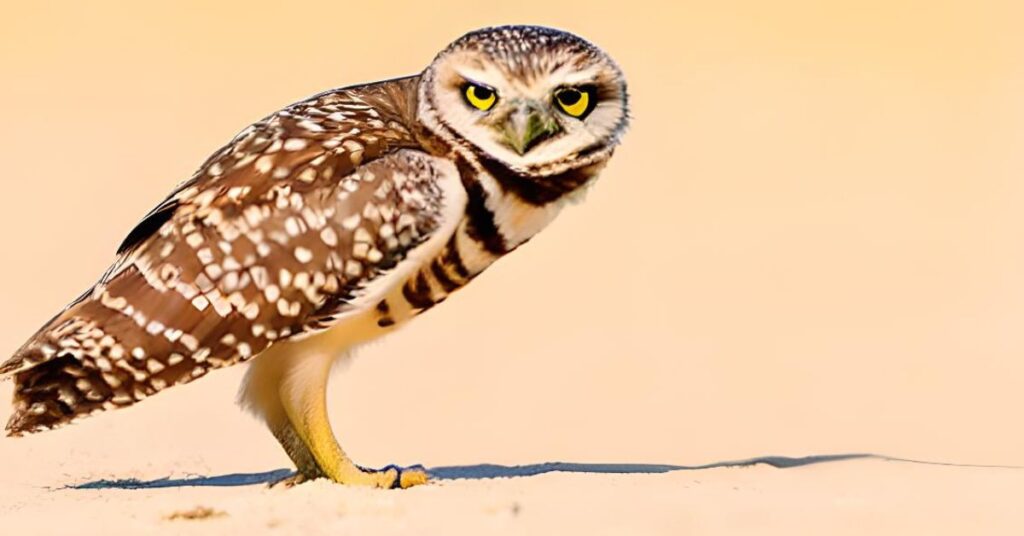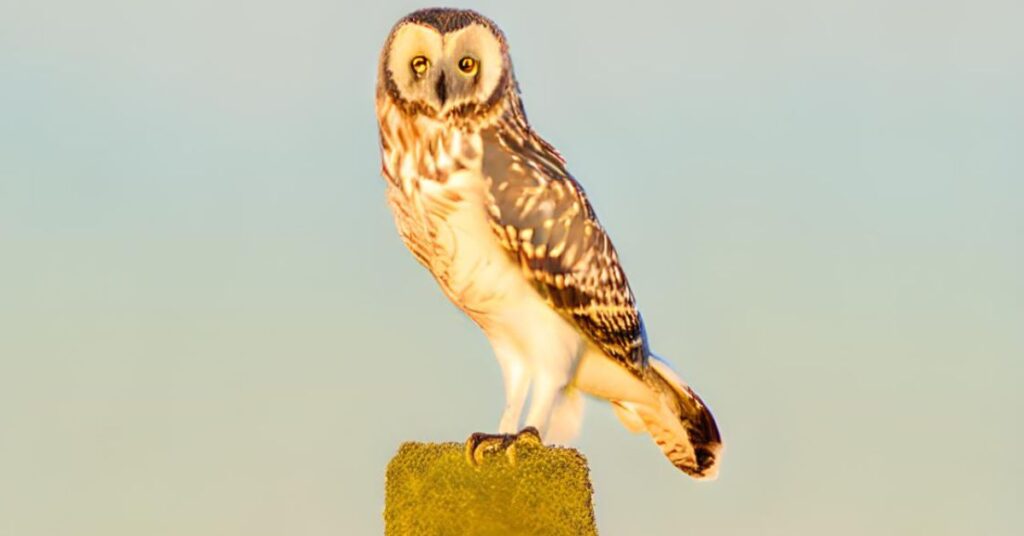One question I always wanted to ask is Do Owls Come Out During the Day? The answer to this question is Yes, some owls, like the barn owl, are active both during the day and at night, but the majority of owls are nocturnal, meaning they are most active at night.
Owls are intriguing creatures known for their nocturnal habits and remarkable hunting skills. However, their mysterious nature has often prompted questions about whether or not they come out during the day.
In this article, we will delve into the behavior, adaptations, and circumstances that influence owl activity patterns to shed light on the topic.
To learn more about where Owls sleep Click here.
Let’s dive in!
Nocturnal Behavior of Owls

Owls are primarily nocturnal creatures, exhibiting peak activity during the night. Their ability to see in low light conditions and adaptations for silent flight make them formidable hunters under the cover of darkness.
Their specialized eyes are equipped with a high number of rod cells, allowing them to gather and process minimal light effectively.
Do Owls Come Out During the Day?
Some owls can be active during the day, particularly if they are disturbed or searching for food. Most owls, however, are primarily nocturnal, preferring to hunt and be active at night, when their exceptional night vision and keen hearing provide an advantage.
While most owl species are nocturnal, there are a few exceptions that are active during the day. These owls are known as diurnal owls.
Here are some examples of diurnal owl species:
Barn Owl

The barn owl is one of North America’s most common owls. It can be found in a variety of habitats, including fields, forests, and urban areas, and it is active both during the day and at night.
The Eastern Screech-Owl

The eastern screech-owl is a small owl that can be found in eastern North America. It can be found in a variety of habitats, including forests, suburbs, and even backyards, and is active both during the day and at night.
Burrowing Owls

Burrowing owls are small owls that can be found in both North and South America. They hunt small mammals such as rodents and rabbits both during the day and at night. They are cavity nesters and frequently make their homes in abandoned prairie dog burrows.
Short-Eared Owls

Short-eared owls: These medium-sized owls are found in North America, Europe, and Asia. They hunt small mammals such as voles and mice both during the day and at night. They are also known for their ability to hunt while hovering in the air.
Northern Hawk Owl

A medium-sized owl found in North America and Europe, the northern hawk owl. It hunts small mammals such as rabbits and rodents both during the day and at night.
If you see an owl during the day, keep in mind that it is not necessarily sick or injured. The majority of owls are perfectly healthy and can hunt and survive during the day. If you see an owl acting strangely, such as sitting on the ground during the day or appearing to be injured, you should contact a wildlife rehabilitator.
Exceptions to Nocturnal Behavior
In certain circumstances, owl behavior may deviate from their typical nocturnal patterns. Mating season and food scarcity are events that can alter owl activity, potentially causing them to hunt during the day. Additionally, competition or displacement from favored hunting territories may force owls to seek prey in daylight hours.
Owl Sightings During the Day

Although rare, owl sightings during the day do occur. There are various factors that may contribute to these sightings, such as disturbed roosts, territorial disputes, or simply owls exploring new areas due to urbanization. It is important to remember that occasional daylight appearances should not be confused with the natural behavior of owls.
Conserving Energy in Daylight:
Resting and conserving energy during the day is crucial for owls due to their nocturnal hunting lifestyle. While inactive, owls lower their metabolic rate to minimize energy expenditure. This energy conservation strategy allows them to maintain their hunting prowess during the night when prey is most plentiful.
Owl Adaptations for Night Hunting
Owls possess several unique adaptations that enable them to excel in nighttime hunting. Their specialized feathers are designed to facilitate silent flight, allowing them to approach prey stealthily. Furthermore, their facial disks and exceptional hearing capabilities aid in sound localization, ensuring accurate target acquisition even in complete darkness.
Conclusion
Owls are predominantly nocturnal creatures, perfectly suited for hunting under the cover of darkness. However, there are exceptions to this rule, with certain owl species exhibiting activity during the day.
Factors such as mating season, competition, and urbanization may lead to daytime owl sightings. Understanding and appreciating the intricacies of owl behavior deepen our appreciation for these enigmatic birds.
If this article is helpful, consider subscribing to my news letters for updates.
Click here to learn the spiritual meaning of Owls.
FAQs
1. Why are owls primarily nocturnal?
Owls are primarily nocturnal due to their adaptations for hunting in low-light conditions. Their exceptional night vision and silent flight enable them to efficiently capture prey during the night.
2. Are all owl species nocturnal?
While the majority of owl species are nocturnal, there are diurnal owl species that exhibit activity during the day as well.
3. Can owls see in complete darkness?
Owls cannot see in complete darkness. However, their eyes are highly adapted to low-light conditions, allowing them to perceive and process minimal amounts of light effectively.
4. What should I do if I encounter an owl during the day?
If you encounter an owl during the day, it is best to keep your distance and observe from a safe distance. Owls may feel threatened if approached too closely, which can lead to stress for both the owl and the observer.
5. How can I attract owls to my backyard?
To attract owls to your backyard, you can create a suitable environment by providing nesting boxes or roosting sites, as well as offering a diverse range of native plants to attract their prey. It is important to respect the natural behavior of owls and not interfere with their hunting patterns.

